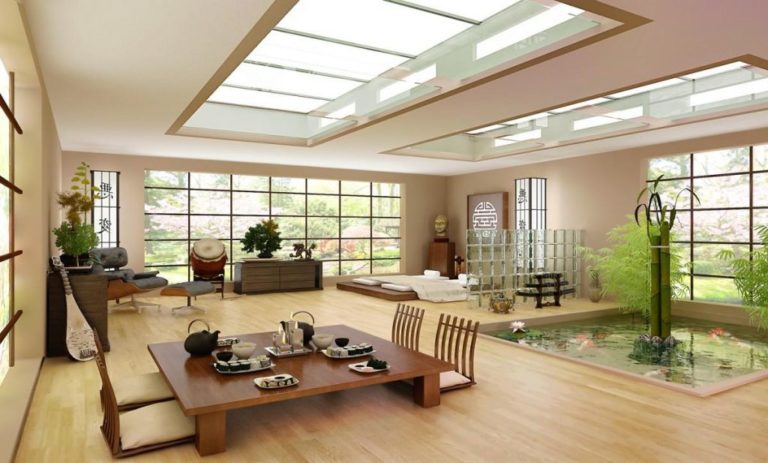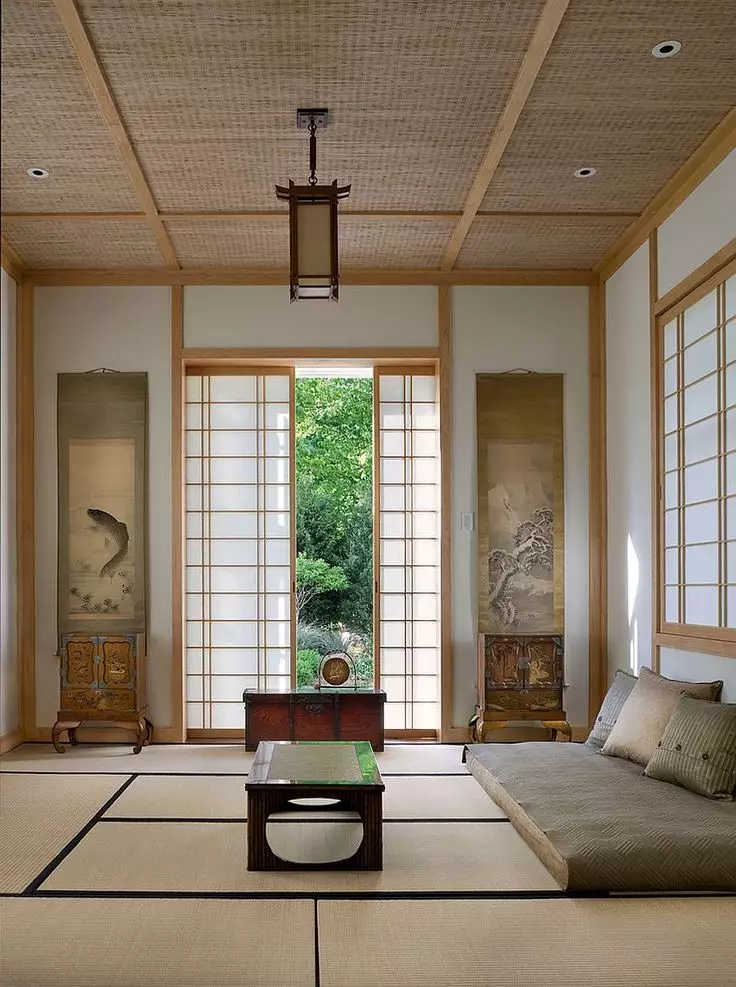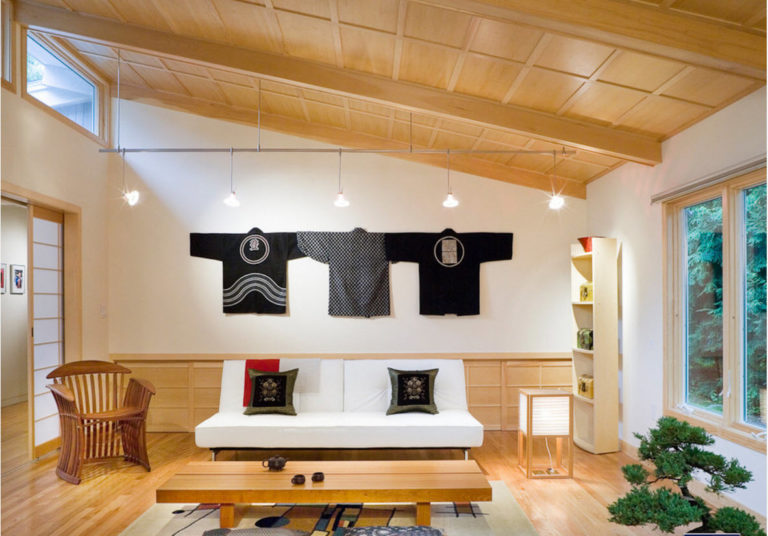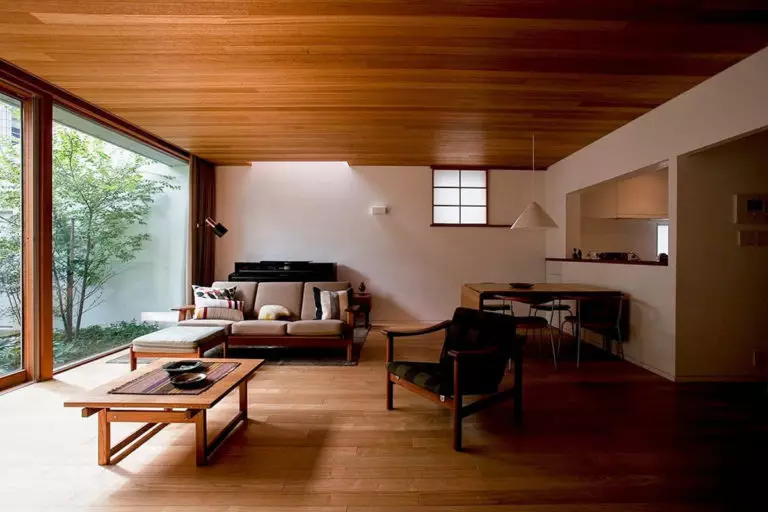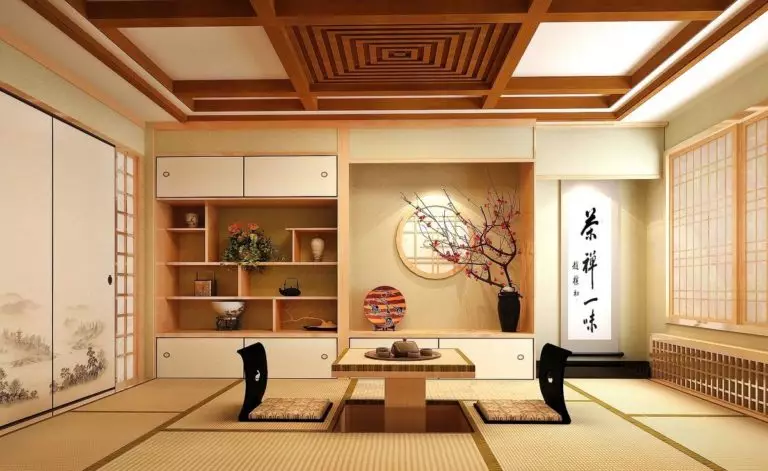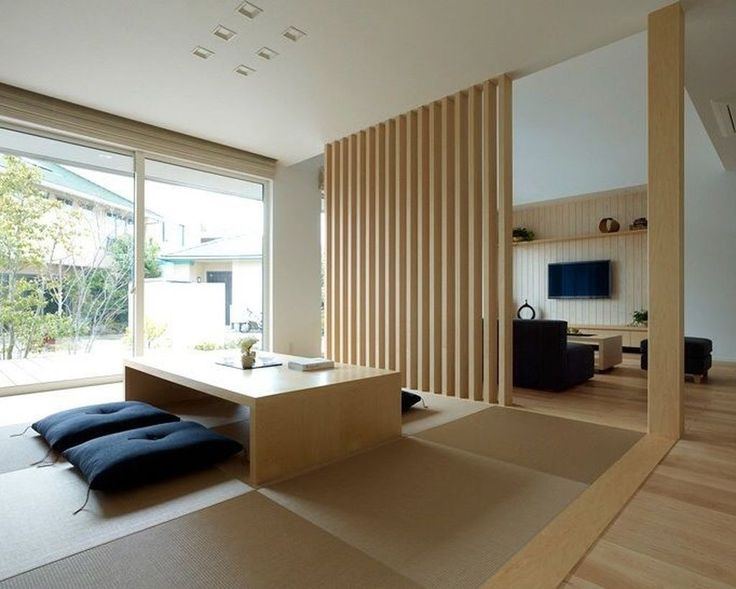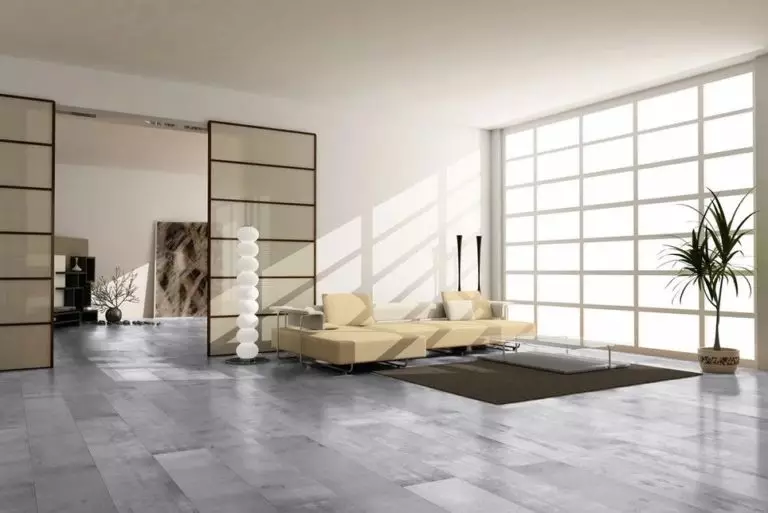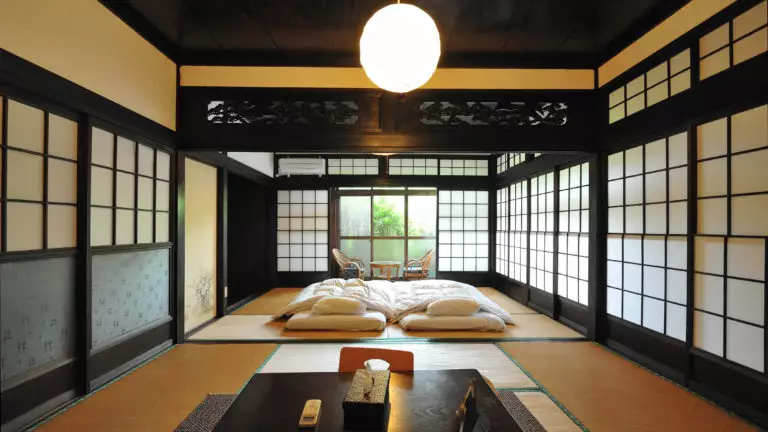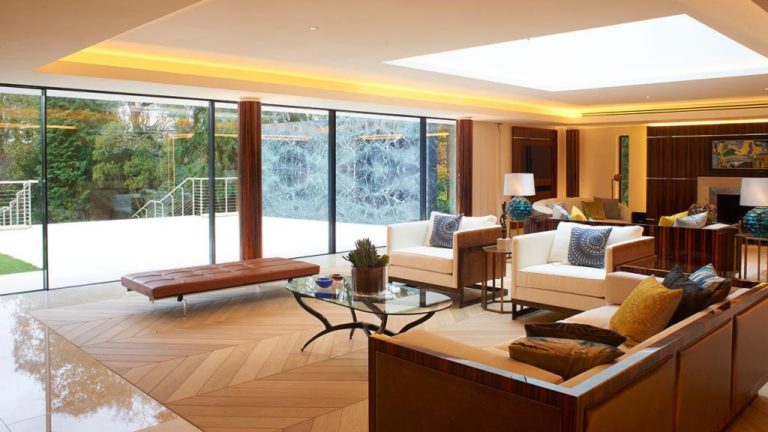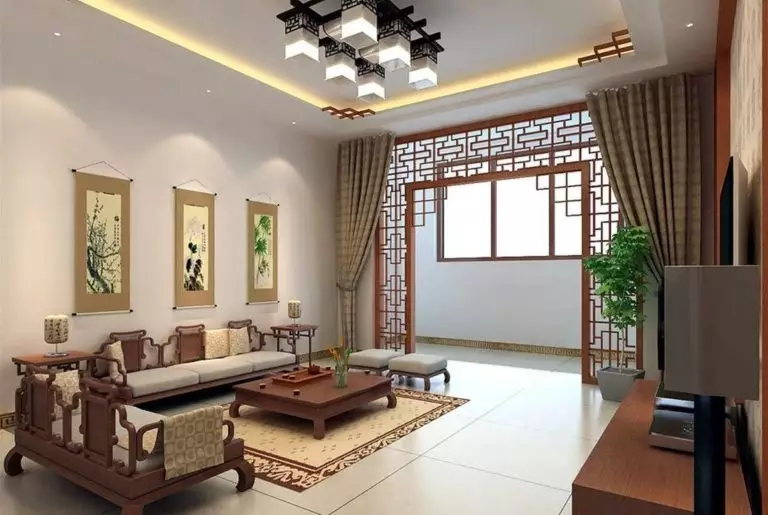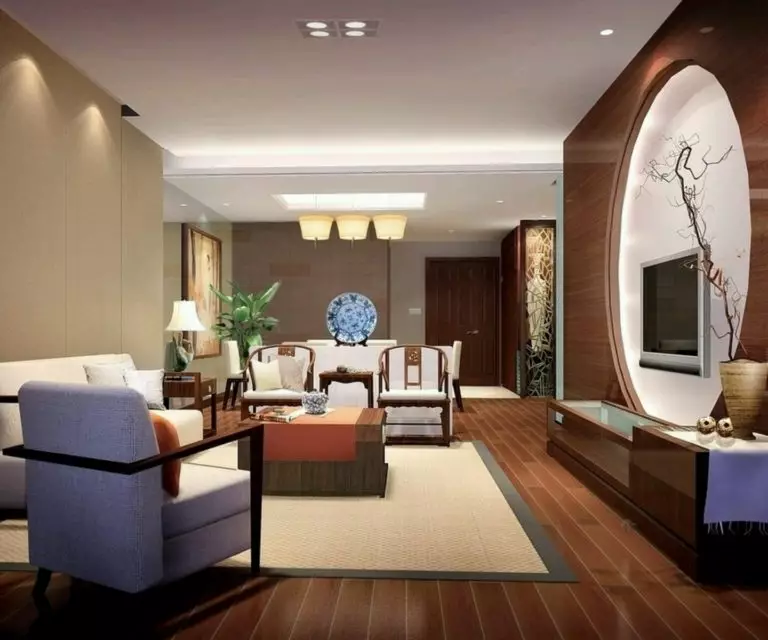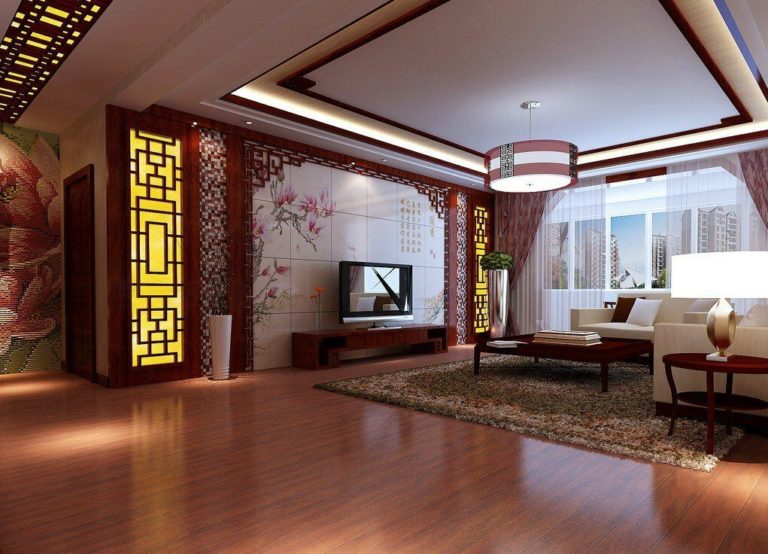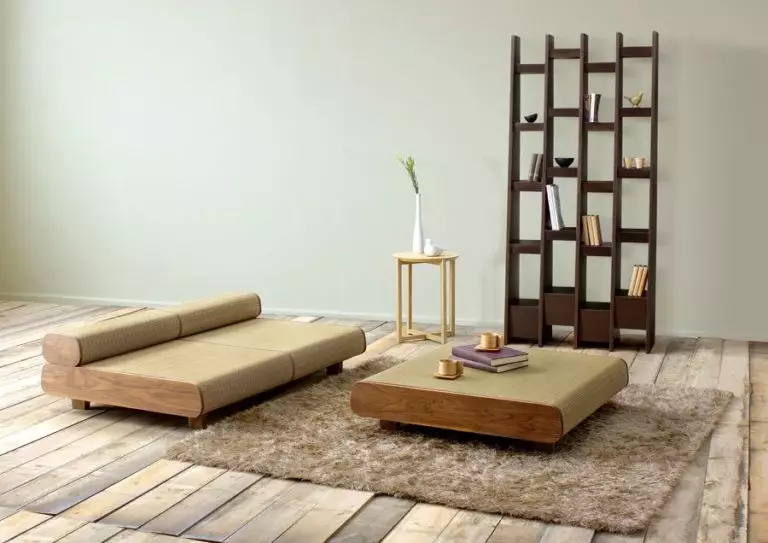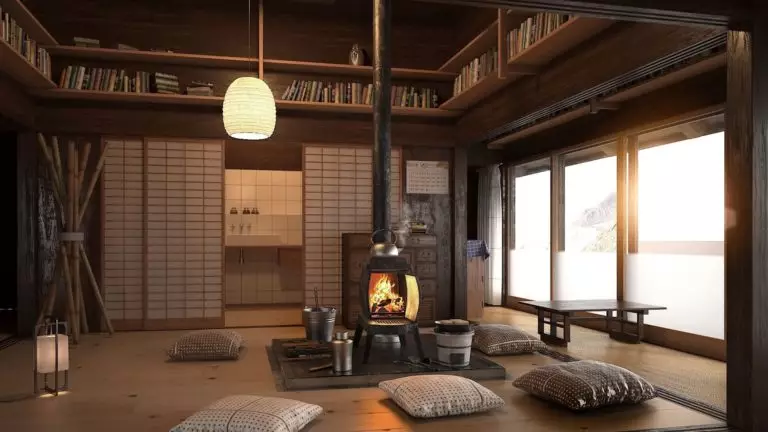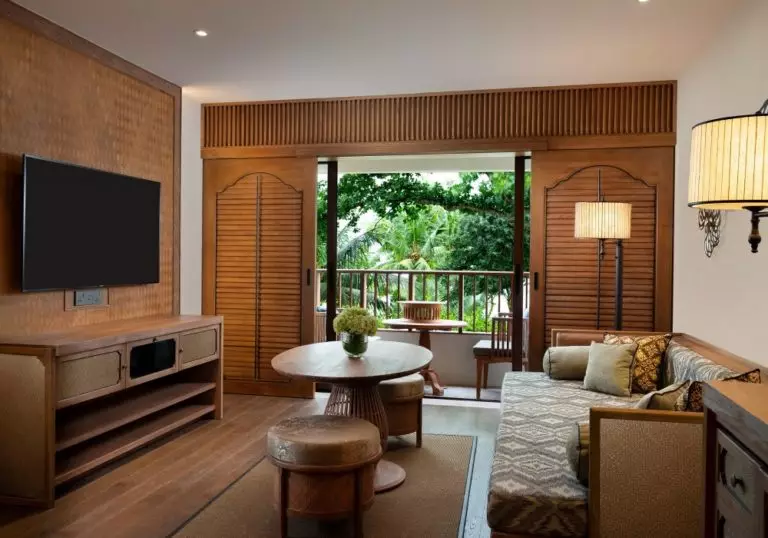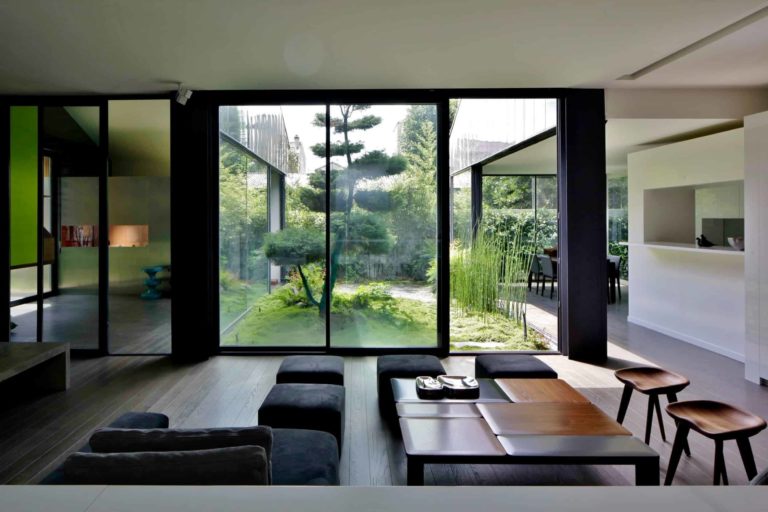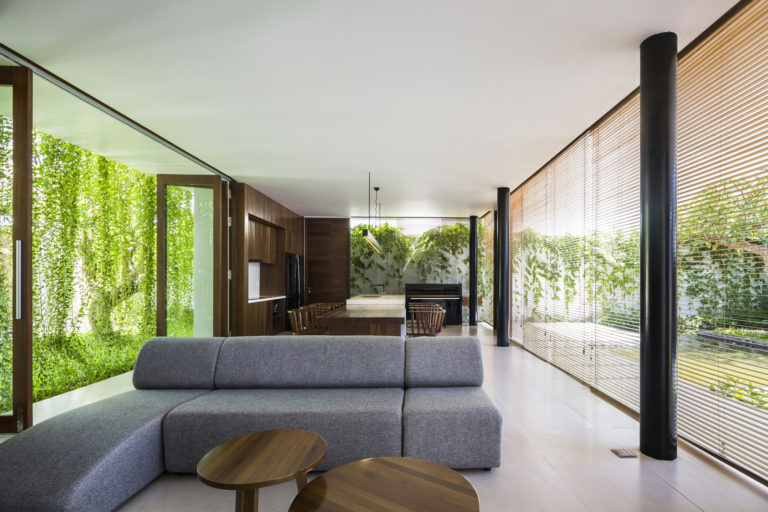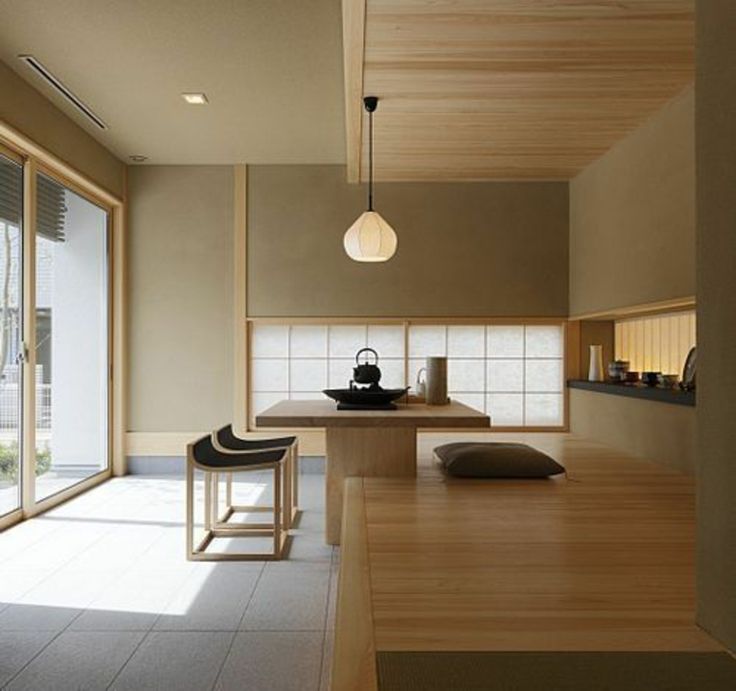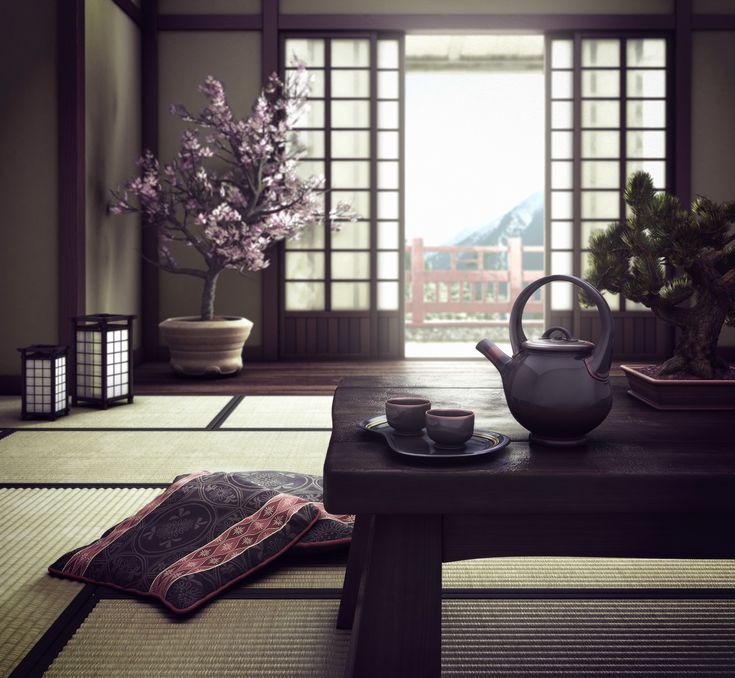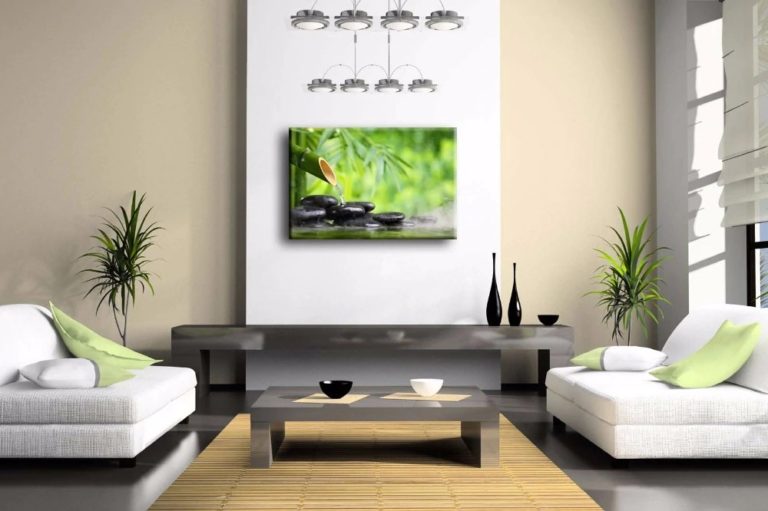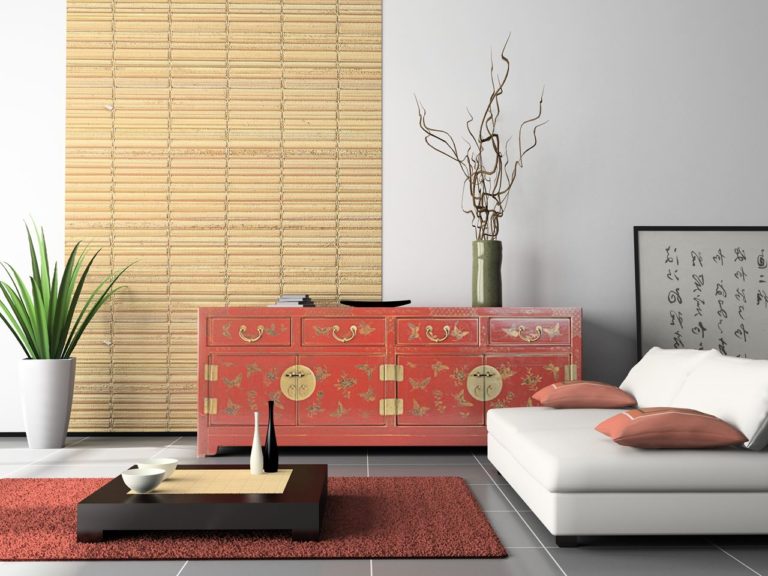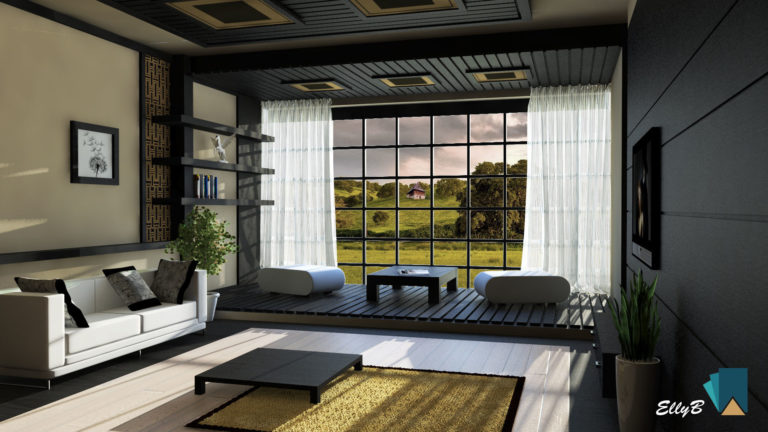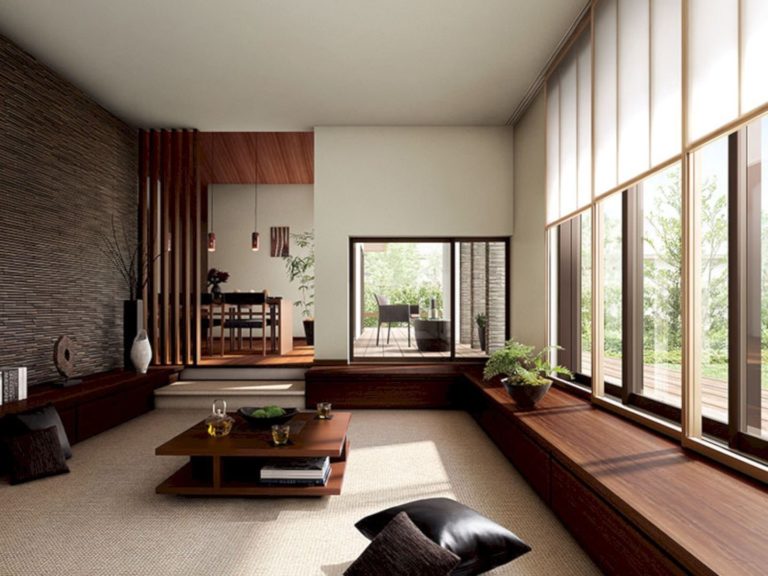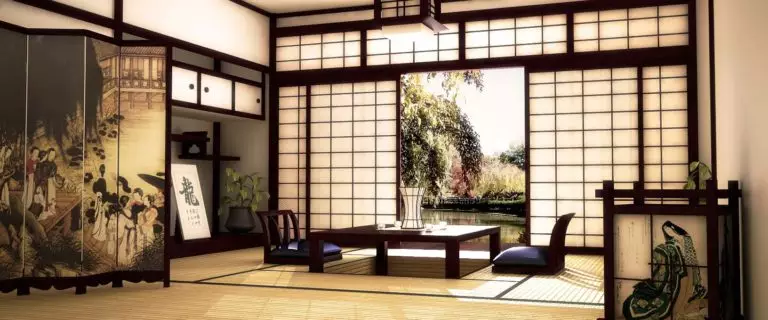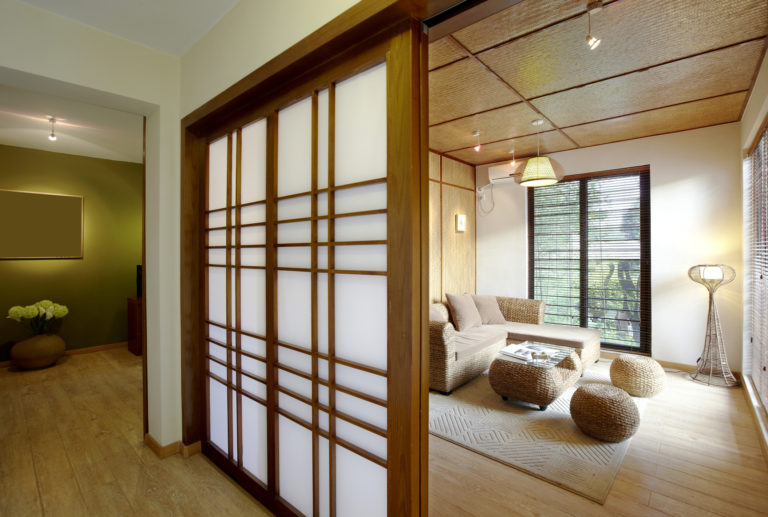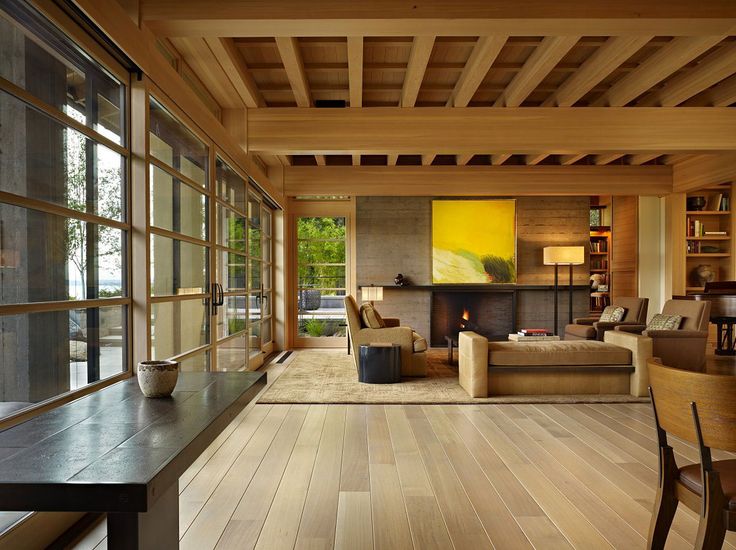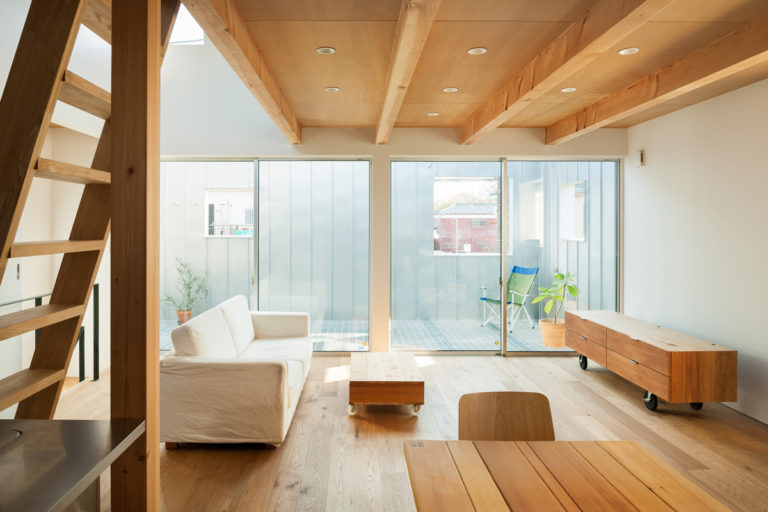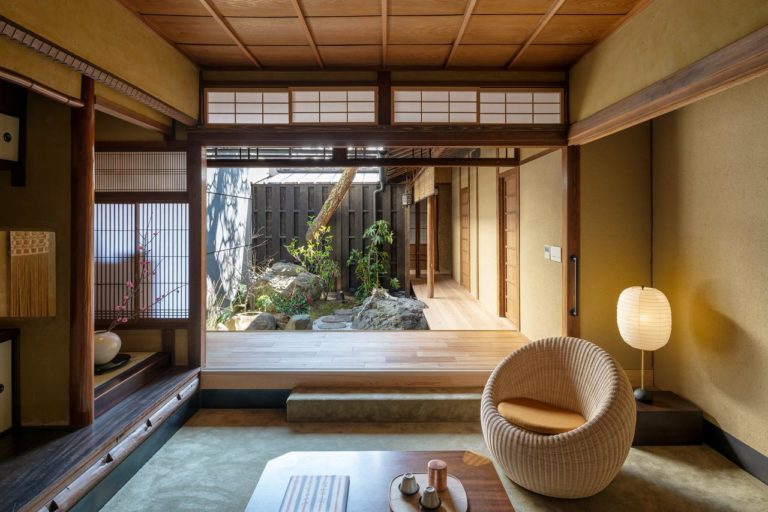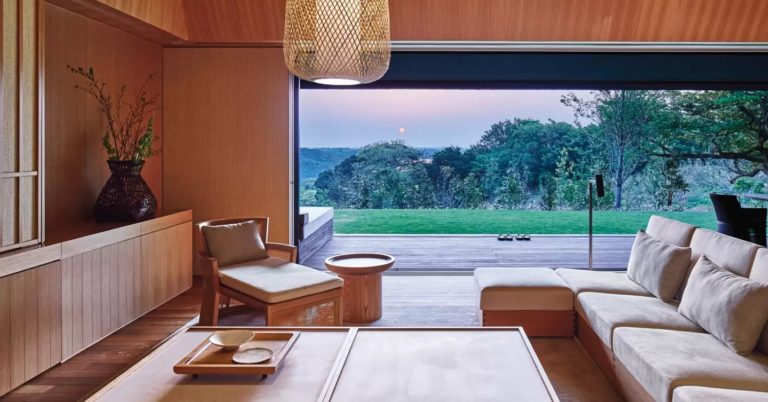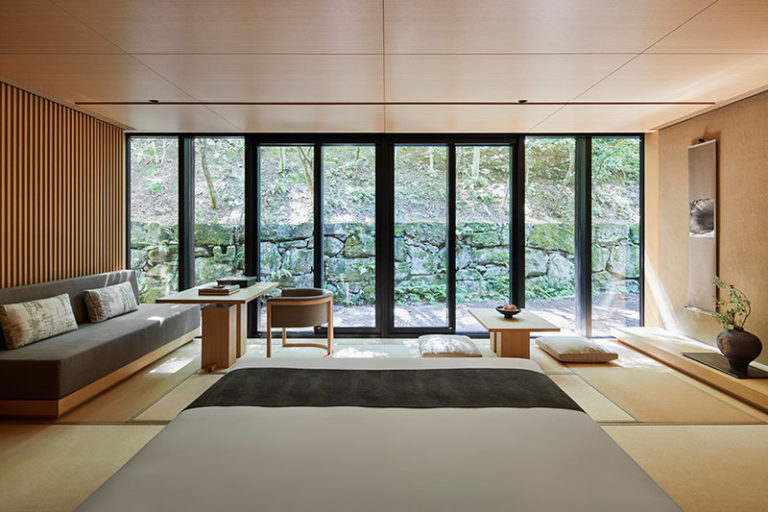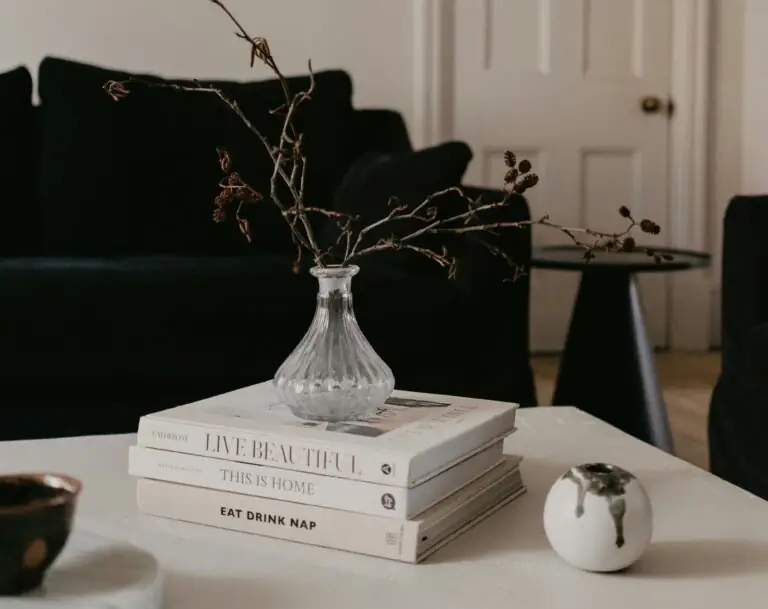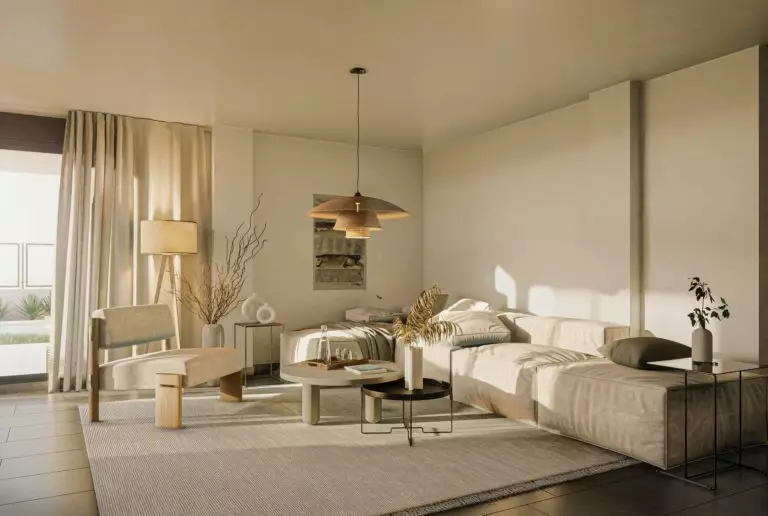Japanese-style living room: interior design ideas
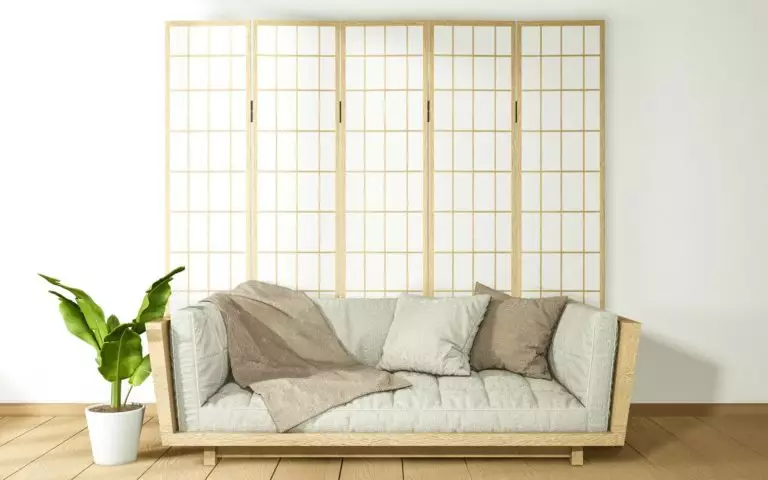
The opportunity to relax, forget about everyday worries, and enjoy the unhurried life flow requires an appropriate environment. It is such an environment that a Japanese-style living room can create – harmonious and rational, pacifying, and pleasing to the eye with a recognizable oriental flavor. If the Land of the Rising Sun’s philosophy has become a source of inspiration for you more than once, it’s time to think about such a design for a room where you not only spend your free time but also meet guests.
History and features of the Japanese style
The traditions of decorating living space, which have survived to this day, were actively developed in Japan in the 16th century. During this period, a reorientation of the social and community programs towards culture took place, which could not but affect, first of all, the emergence of new trends in architecture and interiors. Borrowing elements of the decoration of the Chinese and Korean nobility houses and intertwining them with their own unique philosophy, the inhabitants of Japan managed to create something unique and, at the same time, bewitching even those who are outside the traditional cultural environment.
With more opportunities to travel to the East, Europeans discovered the charm of Japanese-style homes. Of course, it was not without a certain integration of Western traditions: neither the climate, nor the peculiarities of residential buildings, nor the European mentality allowed to eat, relax and communicate with guests directly on the floor. That is why it is essential to understand that when we talk about designing a living room in Japanese style, we mean a kind of mix of western and eastern elements of design and decor – albeit as close as possible to authentic interiors.
You should start designing a Japanese living room in an apartment or your own house by studying the basic principles of style – and first of all, the following:
The essential condition for creating a “correct” environment is the complete absence of everything that is excessively bright, unnatural – and, no matter how strange it sounds, technological. Of course, Japan is famous for its achievements in the field of hi-tech. Still, the traditions of decorating a living space, which have developed over the centuries, imply complete unity with nature and avoiding everything that can cause visual or mental discomfort. Suppose you cannot imagine a living room without a large multifunctional TV or the most modern stereo system. In that case, you will have to take care of how to organically fit them into the interior or make all the equipment almost invisible.
Layout and finishing
As mentioned earlier, an abundance of light and air, as well as impressive free spaces, remain the prerequisites for a thoughtful design of a living room in a Japanese style. The first condition is relatively easy to fulfill due to large spacious windows without any curtains and draperies – bamboo blinds and light roller blinds are usually responsible for adjusting the illumination.
For an atmosphere of freedom and lightness, you will have to make some effort – and first of all, you should think carefully about how to minimize the congestion of space, and not only through the use of a limited amount of furniture and accessories. As a rule, this problem is solved in two ways – by rejecting doors and cabinets. Entrances in the Japanese living room are usually marked with traditional shoji partitions made of thin wooden slats, glass, or special translucent paper, and cabinets and walls are replaced by niches in which furniture, appliances, and decor are placed.
Decorating the living room is another critical design aspect, as the color and texture of the background play a key role in the Japanese style. That is why it is important to focus on solutions relevant precisely for this direction in the arrangement of interiors.
Walls
As mentioned earlier, in authentic Japanese living rooms, walls are absent in principle: the same shoji replaces them. In Western interiors, such architecture is challenging to implement, and therefore more fundamental options are used – with partitions as doors and to highlight functional areas. The following materials are used to decorate the walls of the living room:
A popular artistic technique is applying a stencil drawing on walls or partitions in a characteristic theme. As a rule, these are blooming sakura, hieroglyphs, pagodas, and even genre scenes. If you do not feel a painter’s talent in yourself, you should not do it yourself: only a professional decorator can correctly complete the drawing.
Floor
The following materials are relevant for decorating the flooring in the living room:
Textile floor coverings – mats and rugs made of wool, sisal, jute, or straw – will also help create an atmosphere of warmth and hospitality.
Ceiling
The Japanese style invites you to see true harmony in clear and regular shapes and impeccable geometry – when developing a ceiling design, you should pay as much attention as possible to this. Popular finishing options for the living room are:
Furniture
As in any living room, in Japanese style, the key element is the sofa, around which the entire furniture is built. Designers recommend paying attention to straight or angular minimalist models with fabric upholstery in light neutral shades and, if possible, complement them with the following furnishings:
It is categorically not recommended to clutter up the living room with furniture. However, with the right approach to creating such an interior, the need for this is unlikely to arise.
Lighting
For a Japanese living room, a carefully thought-out lighting scenario becomes a real must-have since light should provide an equally comfortable atmosphere for a friendly meeting, for family gatherings, and for relaxing meditation alone. The following types of lighting elements are used in interiors that are relevant today:
As a rule, it is ceiling lamps that predominate in the interiors of Japanese living rooms: wall lights and table lamps have no room, and there is no need for floor lamps since correctly selected suspensions and systems give the required level of illumination – calm, soft, diffused and at the same time not too dim.
Decor
It is not necessary to completely abandon the decor in the Japanese living room. Moreover, it is traditional accessories that provide such important authenticity. You can safely use the following elements – of course, carefully dosing their quantity:
Living room in Japanese style: Conclusions + Photo gallery
The Japanese-style living room will appeal not only to fans of the East but also to those who value closeness to nature, peace, and practicality. A well-designed interior will allow you to feel harmony with yourself and the world around you – even if you have only a few minutes to rest.
